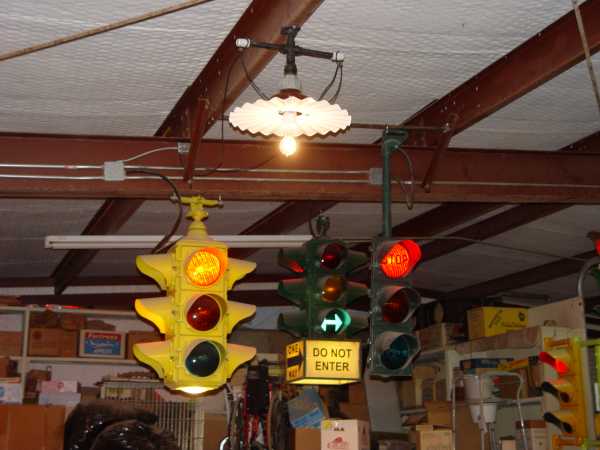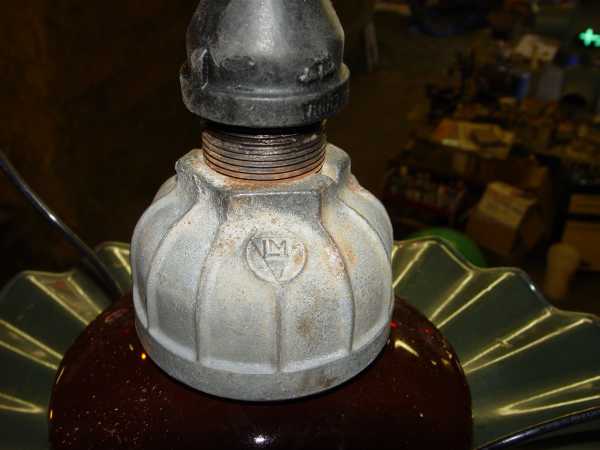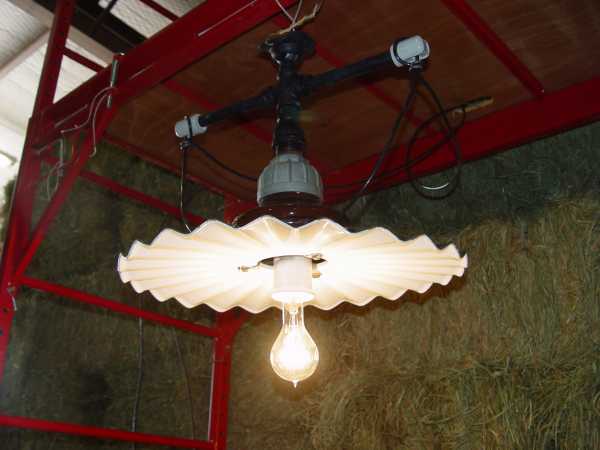|
Most early street light systems involved "series" circuits. A large number of street lights were supplied in series by high voltage. A regulator stabilized the voltage and the circuit used a single wire that made a loop out through each light in the circuit and came back to the regulator. In the days before photoelectric controls, a single switch or clock could turn on literally dozens of lights at one time. The high voltage series circuit also provided more light output per watt of energy consumed.
The first series systems used isolation transformers at each light to keep the whole string from going dark if a bulb failed. Later, the "film disc cutout" was invented. If a bulb failed the circuit's potential at the failed light would go extremely high, melting the cutout's insulating film and restoring the circuit. The process happened so quickly that the other lights on the string never went dark.
Many early exposed lamp street lights used "radial wave" reflectors. The purpose of the reflectors was to reflect light down and prevent it from being wasted by shining upwards, and the reflectors to some degree protected the lamps and sockets from the elements. The waves strengthened the reflectors and also helped direct reflected light horizontally.
The very first incandescent street lights were not very bright and the reflectors were relatively flat. As incandescent lamps got larger the design of the reflectors changed. Reflectors became "domed" to accommodate the long necks of the newer lamps so that their filaments were in better position to be reflected off the wave surface. However on earlier models, the non-domed reflectors remained in service for many years, even after more modern lamps were used in them.
The light disassembled.
L-R: Jones socket and film cutout disc.
Porcelain body. Lead vibration dampeners.
Radial wave reflector.
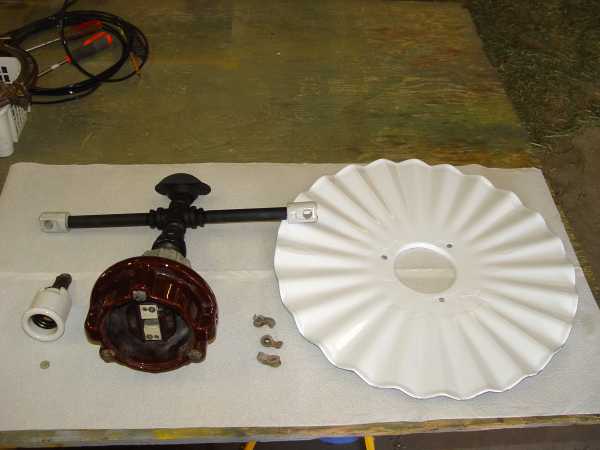
|
|
Early radial wave street lights
provided a fraction of the light
of more modern street lights.
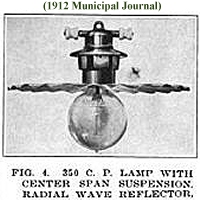
Subsequent nitrogen filled Mazda
lamps provided many times the
illumination. (Circa 1915)
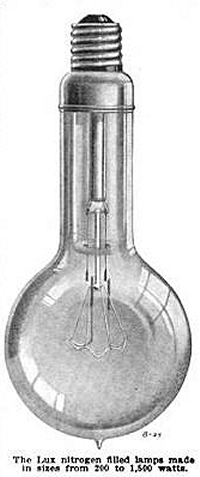
|
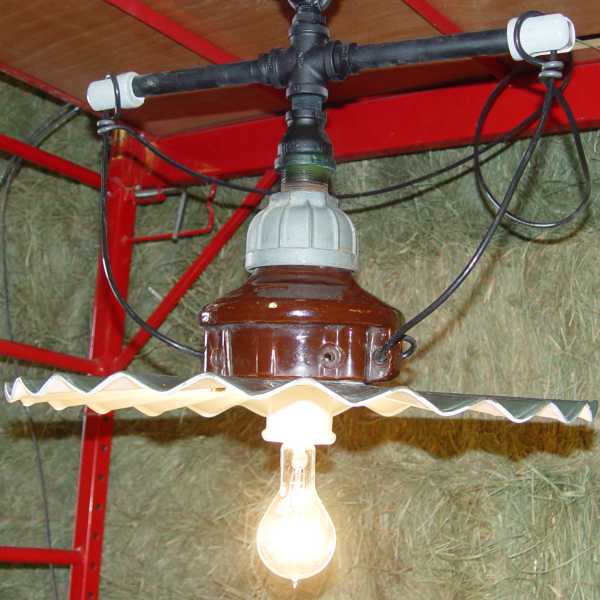
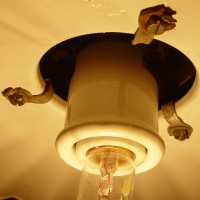 Not having a carbon filament lamp available, I have used a 1915-1918 vintage gas filled 75 watt Mazda lamp for display purposes.
Not having a carbon filament lamp available, I have used a 1915-1918 vintage gas filled 75 watt Mazda lamp for display purposes.
